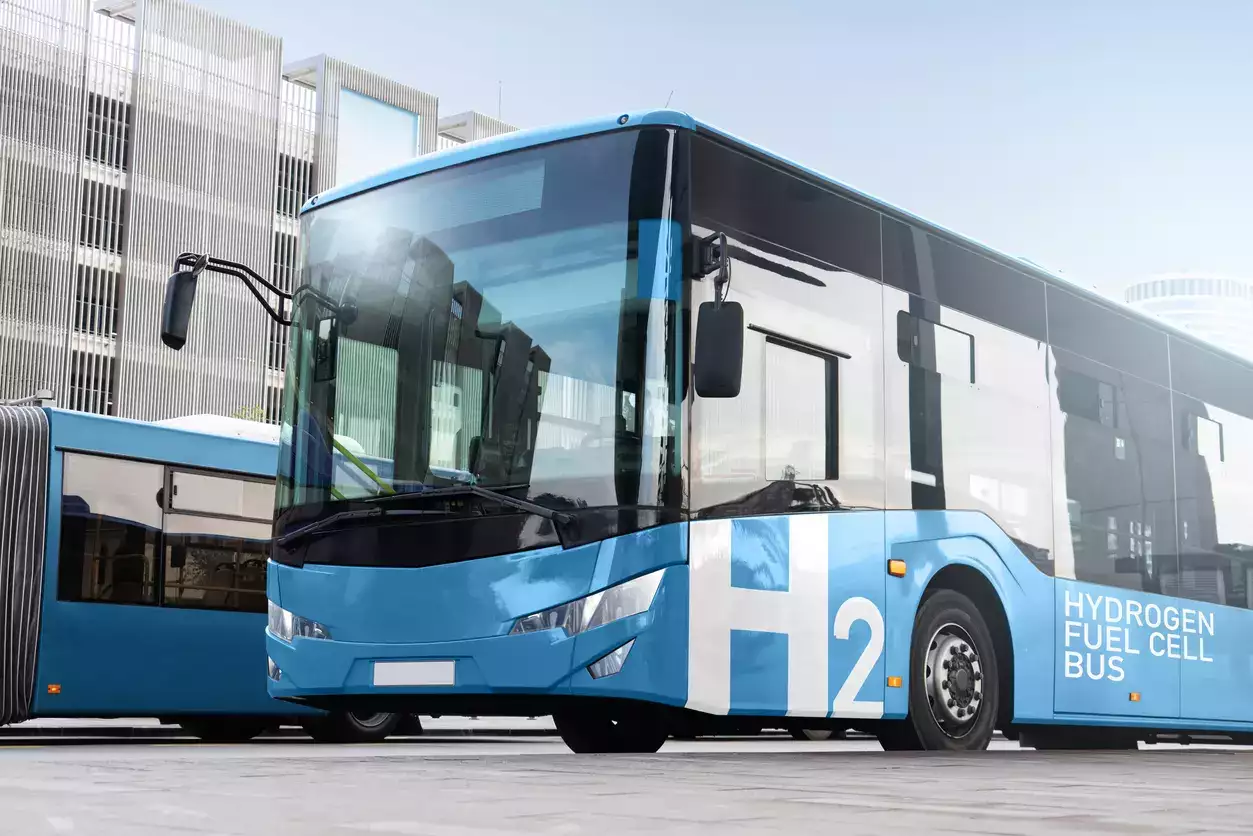
The MoU was exchanged by Vice Admiral Deepak Kapoor, Controller of Logistics, Indian Navy, and Dr. Kannan Chandrasekaran, Executive Director of IndianOil. This move signifies a strategic shift towards incorporating advanced energy solutions in military transport.
Admiral Tripathi stated, "The partnership between IndianOil and the Indian Navy is built on an unbreakable bond of trust. We will be testing one of the hydrogen buses and looking forward to deploying environment-friendly transportation in larger numbers."
S M Vaidya highlighted the broader impact of this initiative. “As we continue to support our defence forces with innovative, forward-looking solutions that cater to tomorrow’s needs. IndianOil has been leading the way in advancing green hydrogen and fuel cell technologies,” he said.
IndianOil currently operates 15 fuel cell buses that have collectively covered 300,000 kilometers in Delhi-NCR and Gujarat. Each bus in this fleet is projected to run at least 20,000 kilometers. This program is aimed at demonstrating the operational viability of hydrogen fuel technology in public and strategic transport, aligning with governmental efforts towards sustainable mobility solutions.
This initiative is part of a larger assessment to gauge the performance of fuel cell electric buses under the challenging conditions of the Delhi NCR region. The project will analyze the impact of local fuel and air quality on the performance of fuel cell systems and determine the vehicles' effectiveness, longevity, and operational reliability for potential use in public fleets.
Disclaimer: The copyright of this article belongs to the original author. Reposting this article is solely for the purpose of information dissemination and does not constitute any investment advice. If there is any infringement, please contact us immediately. We will make corrections or deletions as necessary. Thank you.





